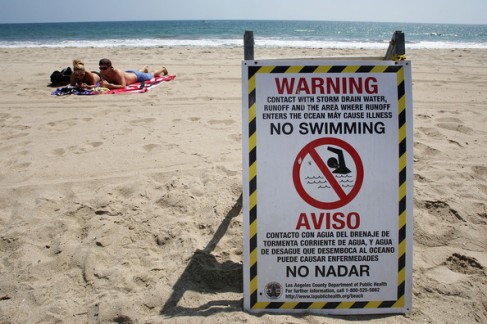With the upcoming presidential election, politics is one of the hottest topics around. While we owe it to ourselves to be educated on the issues and to go out and vote in November, it is also imperative that we pay attention to local, state and regional issues, especially those affecting the environment. The clamor over immigration issues, health care and “Fast and Furious” was so loud this past week that it practically drowned out the enactment of several “green” laws that took effect on July 1st.
Noting that “the abundance of aquatic life is one measure of a healthy Chesapeake Bay“, several laws taking affect over the weekend are aimed at significantly reducing pollution from varying sources. Laws passed to protect the Chesapeake Bay include:
- Doubling the flush tax from $2.50 to $5.00 to raise funds to upgrade wastewater treatment plants.
- Placement of limitations on areas where developers can build residential communities that use septic tanks.
- Requiring local jurisdictions to set fees to fight storm water pollution in Baltimore City and nine of the largest counties in Maryland.
These green laws are a manifestation of the need to accomplish eco-friendly objectives through taxation as there clearly has been a failure to achieve the desired results through advertising, education and voluntary public support. The green movement has been around for a long time, yet most citizens have not jumped on the bandwagon. In future legislation, we can expect to see further taxes to reduce waste and increase recycling in the form of taxes on grocery bags and more bottle deposits.
No one likes the idea of higher taxes, but “green” taxes are an inevitable component of improving the environment and failure to act voluntarily serves as a mandate for government to enact and enforce policies to guarantee the protection of the environment. In an effort to lower our taxes, let’s voluntarily live green, be green!

